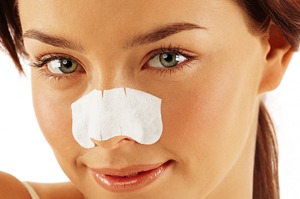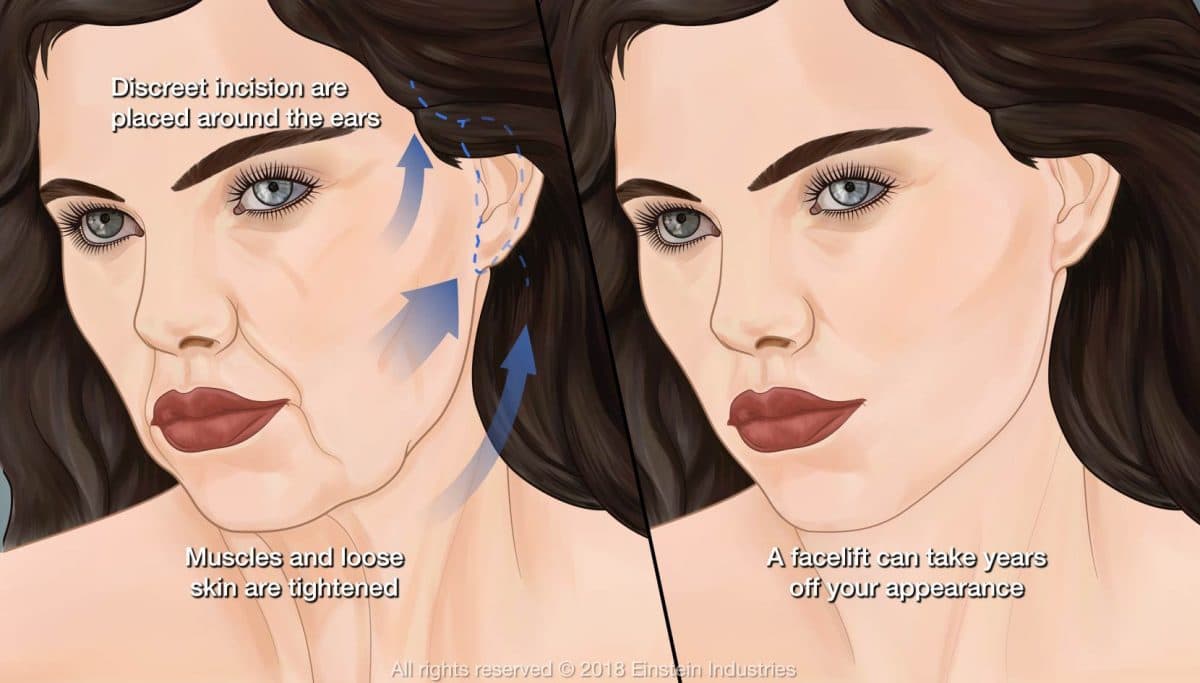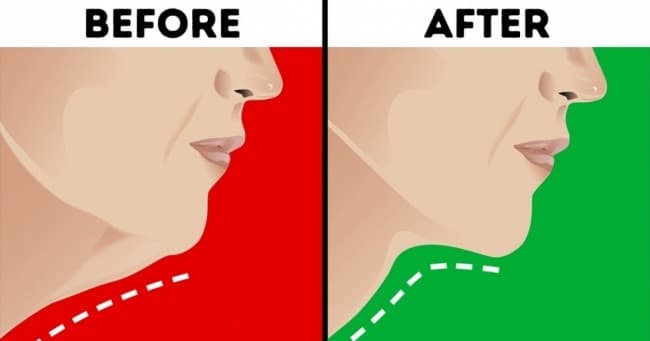Opting for a tummy tuck procedure can be an intimidating decision to make. This is because it involves time investment that goes to the recovery process and also a financial investment.
Normally, a tummy tuck procedure includes a long incision, then skin and fat removal, plication or suturing of abdominal muscles, as well as liposuction. Because of this, the recovery period can take longer.
To help the process go more smoothly for you, below are some of the best recovery tips following a tummy tuck surgery.
- Get Enough Rest And Sleep
Make sure that you get enough rest, and for comfort, place two to three pillows behind your head and another under your knees. When getting out of bed, start by sitting up, then move the legs over the edge of your bed. Then stand from there. During this time, you might need a caretaker to help you out of bed for the first few days.
- Follow Your Surgeon’s Advice
When you simply follow the advice given by your surgeon, it will help you with fast and smooth recovery from your surgery. Also, it will reduce the risk of suffering complications.
From time to time, patients might engage in some activities that can cause complications or even slow down their recovery. This can happen when the patient’s don’t follow their surgeon’s instructions. Keep in mind that postoperative instructions are given — to help ensure you heal well, protect you and to give you good cosmetic results.
- Arrange To Have Help
You must arrange to have your friend or relative come help you post-surgery. If you are considering undergoing this surgical procedure, having an extra pair of hands will go along way during your recovery period.
It is recommended that you have your friend or relative staying with you for about 24 – 48 hours post-surgery. Since you will not be in a position to stand up straight for some time after the procedure, you will require help doing tasks like showering, getting up from your bed, and removing garments. Although you might prefer to stay in bed, you are encouraged to have some movement, meaning getting out of bed as it helps increase your circulation.
- Taking a Shower:
It is best to confirm with your surgeon as to when you should take a shower post-surgery. But generally, holding off for some days until your first follow up is recommended. Knowing how to handle the drain tube and replacing the binder can be cumbersome. The binder must be worn often for the best results. Once showers start, a cheap necklace or lanyard to pin the drain in one place may be used. Also, a bathrobe tie can be tied around your waist as another option.
- Focus On Getting Quality Nutrition
With a poor diet, the ability to heal becomes very low. Patients suffering from malnourishment have more fluid accumulations or seromas. About 50 per cent of those who have undergone surgery may experience seroma when they are not stabilised nutritionally. So, make sure you have quality nutrition both before and also after the procedure.
In addition, there are specific foods that help in faster healing. Some of the recommended foods include pineapple along with dark leafy greens as well as foods rich in vitamin C. Take note that foods that can cause gas, like beans and cabbage should be avoided.
Additionally, avoid having very salty foods, stay hydrated by drinking plenty of water and always eat small portions.
- Walker/Cane
Typically, a tummy tuck procedure will put tension on your horizontal closure. Also, when completely upright, tightening of abdominal muscles can create some discomfort; consequently bending slightly at the waist will be more comfortable for the first week and it will take the pressure off the incision. This can, however, result in temporary back strains. For some, a cane or walker can come in handy. Although not very necessary, it can help take off the pressure on the back.
- Do some Light Movements
It is advisable that you start walking immediately after surgery. Doing so is crucial as it helps reduce the risk of forming blood clots. It also helps prevent the body from getting tight and stiff, as well as keeping the tissues relaxed and soft. Hence it speeds along the going down of swelling. But avoid doing too many movements, too early.
Also, avoid engaging in heavy lifting and any strenuous activity. Allow yourself sufficient time to rest and get the level of sleep that the body requires during recovery.
- Toilet Seat Booster
After surgery, squatting low can be a daunting task and especially if you are hydrated enough and have to go every few hours. Since most toilets are quite low, probably to allow for those who are shorter to get on there. Getting a toilet seat booster can be valuable in making it more comfortable when using the toilet.






